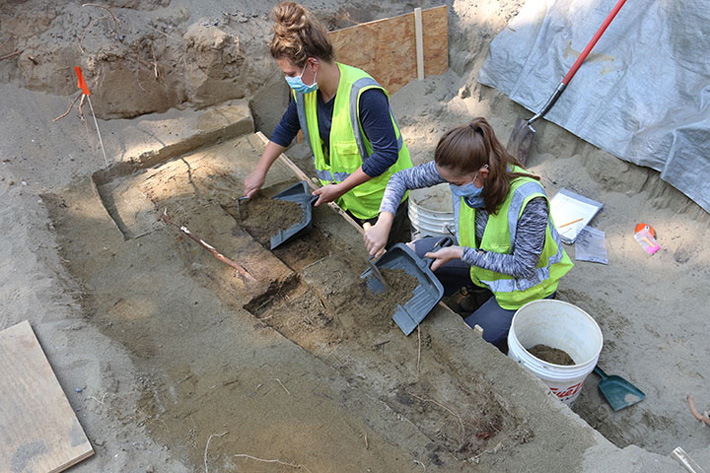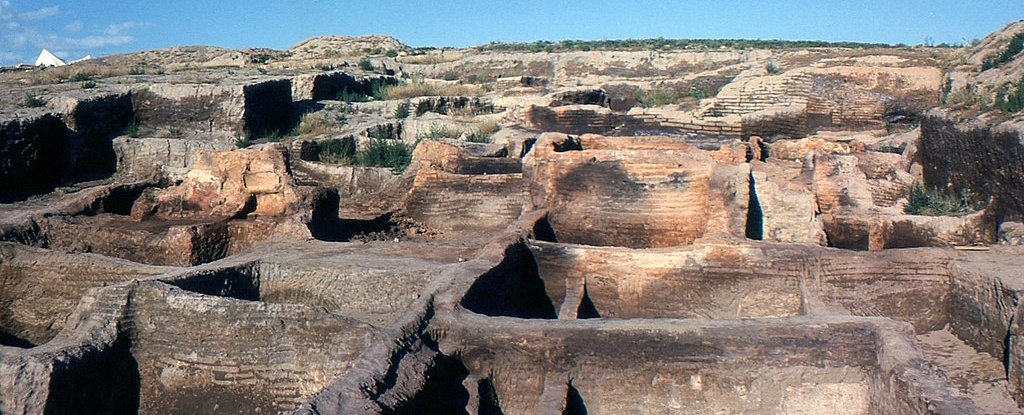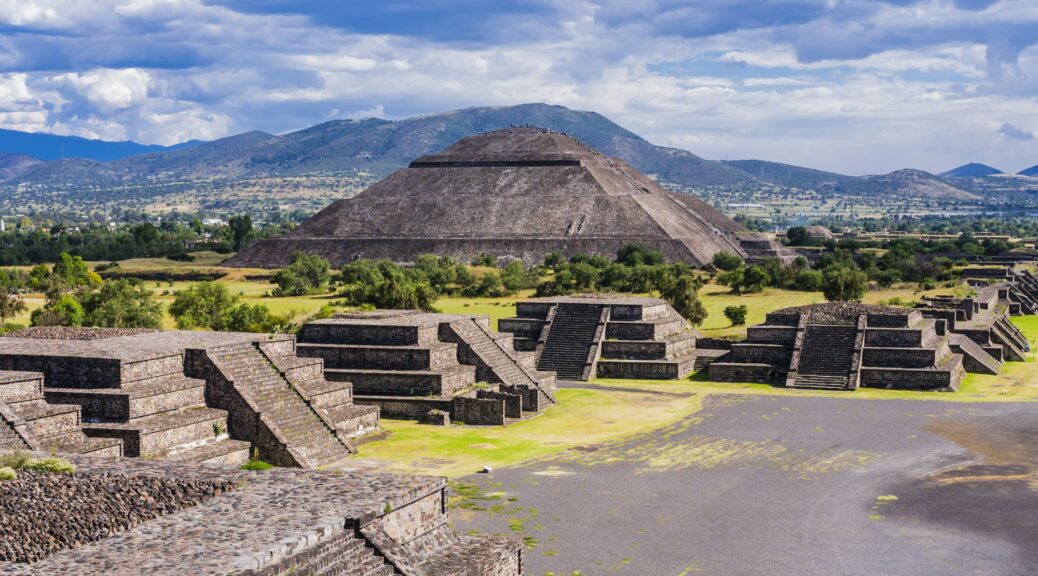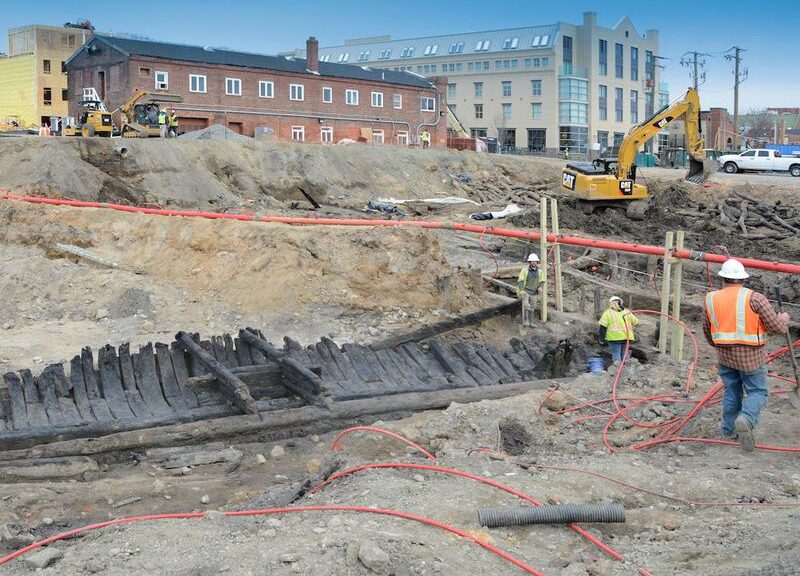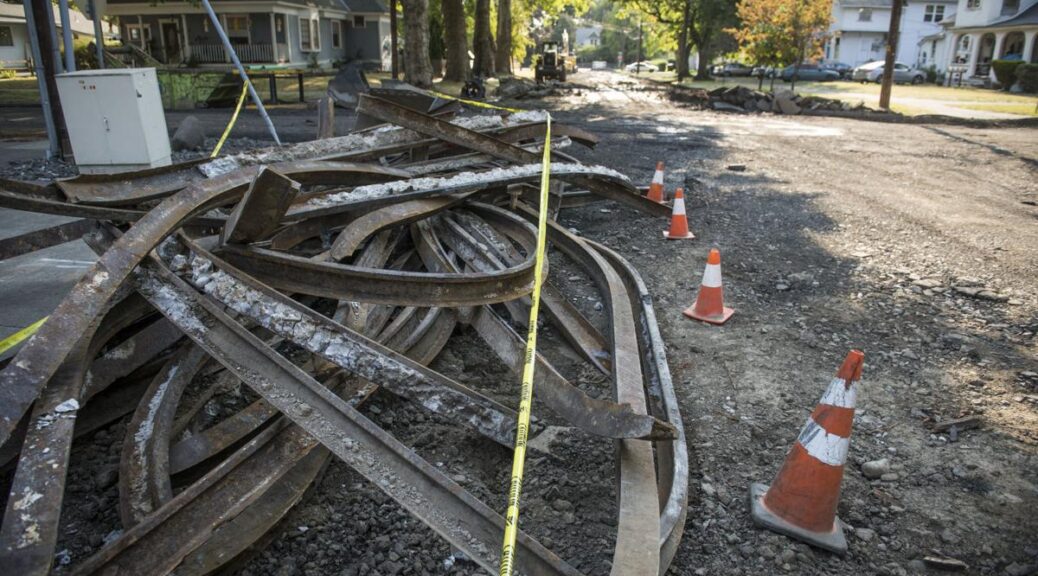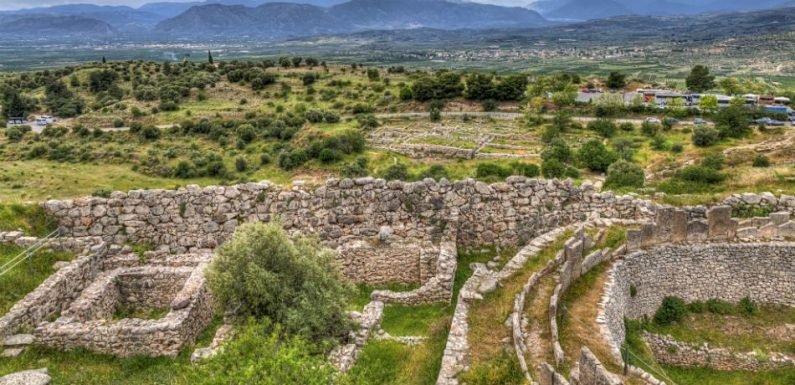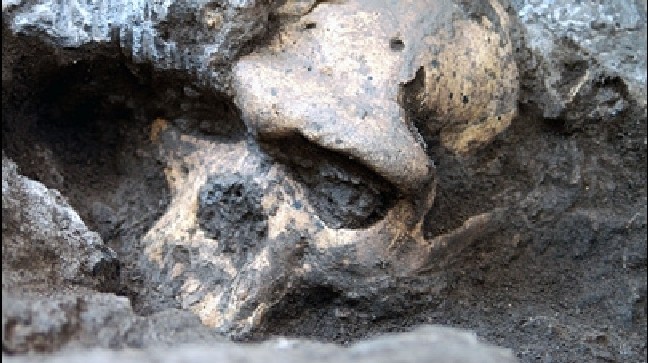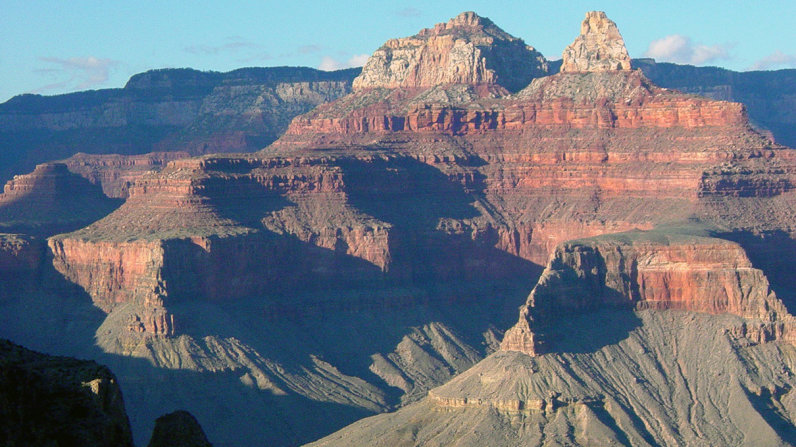Possible War of 1812 Cemetery Found in Vermont
Vermont Public Radio reports that the possible remains of soldiers who died during the War of 1812 were found buried in rows at a construction site in northwestern Vermont.
They’re human remains, bones that researchers say that have been around for a while. In fact, they say they’re the remains of a soldier from the War of 1812 and there could be others buried nearby. The project is ongoing and is being overseen by the University of Vermont’s Consulting Anthropology Program, with support from the State Division for Historic Preservation.
University of Vermont Anthropology Asst. Professor John Crock spoke with VPR’s Mitch Wertlieb about the find and what it means. crock is the director of UVM’s Consulting Anthropology Program. Their interview is below. It has been edited and condensed for clarity.
Mitch Wertlieb: So what exactly has been found here and when was this discovery made?
John Crock: The discovery was made last week. Initially, an excavator – and I’d like to give him credit: Mike Weston, at Don Western Excavating – noticed human bone in one of the first or second backhoe pulls from a proposed house addition in Burlington and did the right thing: he called the police.
The police came and looked at it and recognized it as likely human remains. They called the medical examiner, who then came in to basically clarify that it wasn’t a recent human. Then, they called the state archeologist who then called us at UVM to further investigate.
How do you know what era the remains are from?
The War of 1812 had a battery in Burlington, basically a big army base that we now know mainly from Battery Park, which kind of memorializes that. There was a large hospital barracks. Although Burlington was only fired upon once in 1813, it was a major base, with as many as 4,000 people that were serving other battles, including one in Plattsburgh.

But the main function was actually that there was a military hospital here and a lot of people were treated there for injuries that were incurred during warfare. There were references to people being buried in a cemetery on private property not too far from that hospital. But the exact boundaries of that [are unknown] – there were no records. Essentially, the military did not keep records of cemeteries or burials until the Civil War. So this is essentially an unmarked burial ground.
I don’t know what the scientific method is for checking this – maybe it’s carbon dating – but had the bones been checked for that to say, “OK, they are this many hundreds of years old”?
Carbon dating is a little bit… It’s harder… with this archeologically recent timeframe of only a couple hundred years.
Previously we found some remains related to the same period of time on a project on North Street and these had preserved with them, military buttons. In one case, an individual was buried with musket balls and a pocketknife that further led us to conclude that these were indeed military burials.
In this case, we’ve identified a number of them in a cluster, in cemetery rows, within just a small area of the landowner’s addition, which leads us to believe that this indeed is part of the larger cemetery that was referenced in historical documents.
According to the state archeologist, there could be around 700 soldiers buried around the city at this time. Why so many?
That’s possible. [There were] a lot of diseases. You know, there was an epidemic in the winter of 1812-1813 of pneumonia or influenza. Soldiers were also battling typhus.
The majority of those who died were really deaths that resulted from this kind of close-quarters living with epidemic disease raging through these camps. [These are] things that we’re more familiar with now in the era of COVID, [where we’re] reflecting on how these things get transmitted so quickly in crowds.
How confident are you that these are definitely the remains of an American soldier? And is there any way of determining, if so, who that soldier might have been?
We’re very confident, I’d say, at this point, that these are remains of soldiers and there are ways.
We have the enlistment records that our program historian has really [curated]. She combed through microfilm back in the microfilm era to get the list of enlistment records. So we know the stature of individuals, their surname and we know their occupation prior to becoming soldiers. That gives some indication of what their human remains might look like.
And then there are other things that we can do with bone chemistry to try to figure out what area person was from. If, for example, these weren’t Vermonters, we could easily identify those that enlisted, for example, from North Carolina or farther south because their bone signature through isotope studies has a different pattern than those who would have grown up here in New England.
What do you ultimately hope to learn, to find?
You know: the whole package. Where did these people come from? What communities did they represent? Many of them were farmers. How did that affect the farming communities of New England, to send all of their able-bodied men, including what we would consider adolescents now? Some as young as 12 were enlisting. We hope to learn more about that.
Also: the burial practices. Was there ceremony involved? We found an individual in the previous case on North Street that was buried, for example, with a gun sling under their head as a pillow. So it was clear that people were presiding over the funeral or burial. That’s telling us things that just aren’t in the written records and things that only archeology can tell us as we learn more.
The coffins, for example, weren’t mass-produced. They were built to-size; they were built for individuals. And interestingly – we’re just coming up with this information this week – in some of the grave shafts that we’re investigating, that we’ve exposed, we’re finding that the individual had already been exhumed. This is likely from UVM medical students in the 1820s and 1830s who were using this burial ground to access anatomical specimens. So some of these soldiers effectively donated themselves to science without knowing it.
And how long do you think this overall project will take, now that these bones have been discovered?
We’re hoping to get done with it within the week. That’s the best we can do, as fast as we can go, being careful and also honoring what is really the country’s first veterans.
